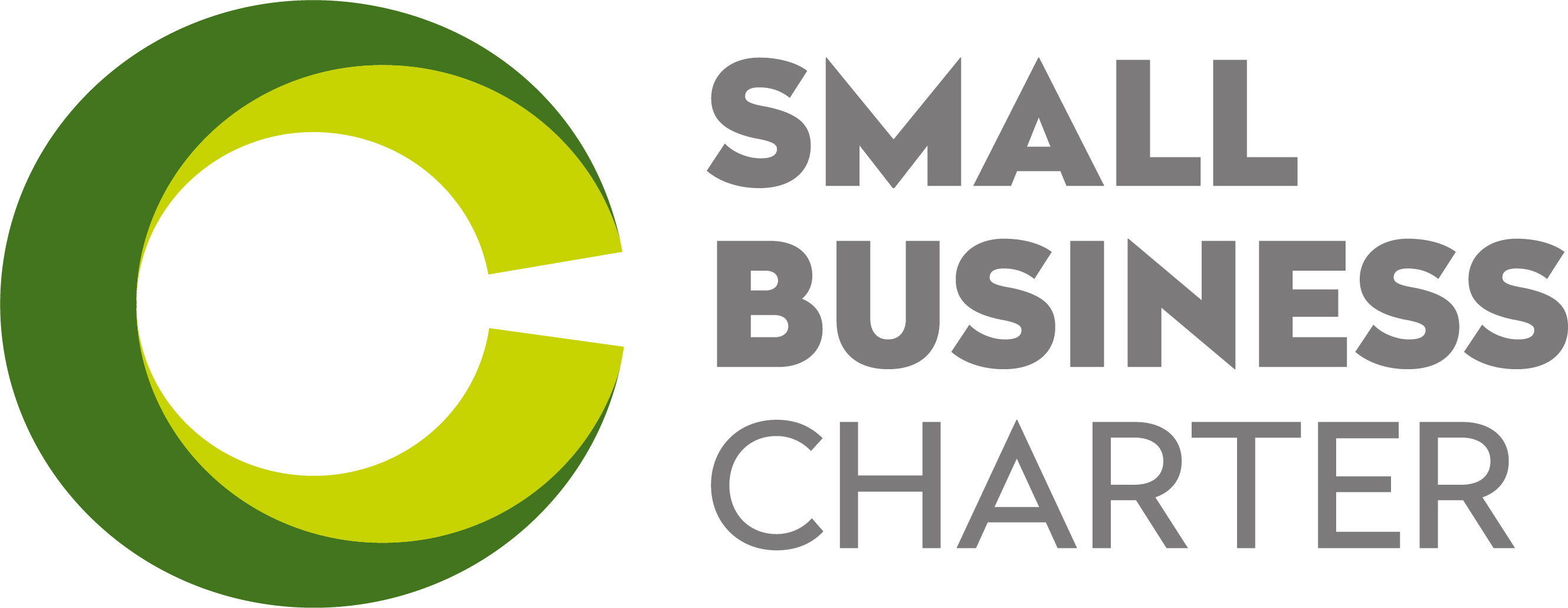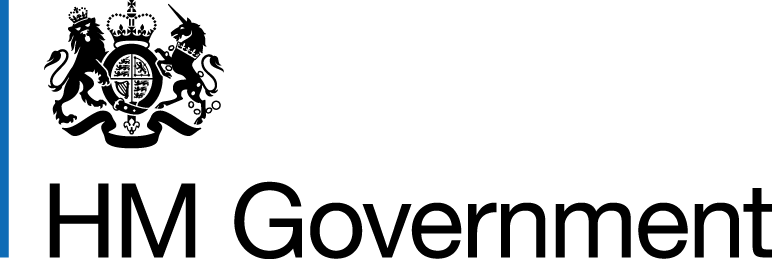Transforming a wildlife enthusiast into a business leader
Sean McMenemy, Founder at Ark Wildlife, tells us about his experience with the Help to Grow: Management programme
Tell me about your business
Ark Wildlife is now a modern e-commerce business helping customers create gardens that provide a warm and embracing environment for wildlife. We provide ideas, insights and wildlife products that create an environment for nature to thrive in, from soil to sky.
But 4 years ago, it was a very different story. We were a bunch of wildlife enthusiasts selling products without clear direction or organisation. Like many businesses, Covid had broken every weak link in the organisation.
What were the key challenges you were facing before joining the Help to Grow programme?
Before joining the Help to Grow: Management programme, we faced several challenges:
- Over-reliance on me: The company heavily depended on my involvement in every decision, creating an unsustainable workload and hindering growth
- Lack of clear business model: While passionate about wildlife, I lacked a structured approach to managing the business
- Inconsistent customer experience: The company struggled to deliver a consistent and truly customer-centric experience, often relying on generic promises of "convenience" without clear definitions
- Limited decision making: Key performance indicators were limited to basic revenue and order volume, hindering a deep understanding of customer behaviour and retention.
What made you join the Help to Grow: Management programme?
Recognising the need for professional development and to somehow reinvent the business, I approached Herts Growth Hub. They suggested I enrol in the Help to Grow: Management programme at Hertfordshire Business School. With what we were going through, the breadth of the programme and government subsidy, it felt like too good an opportunity to miss.
I knew I needed to do something, so I made the time and haven’t looked back!
What were your key learnings and how did you apply them?
There are a variety of learnings which all landed at different times, some several months later. It was about embedding foundational understandings we can revisit as we need to.
The business canvas became a central tool for strategic planning, allowing for ongoing evaluation and refinement of the company's direction. A copy sits in the company kitchen on a whiteboard, for anyone to add ideas and working as a living breathing opportunity for continual improvement.
The programme helped us move beyond generic ideas to define a clear, compelling, differentiated value proposition for customers utilising a product model developed by one of the teachers. This forms part on an ongoing exercise ‘What do our customers want?’ so we can understand, and respond to, their expectations.
This meant we needed a rebrand, a tech upgrade and a change in how I lead the business.
Ultimately, we shifted focus to operating as a business rather than a group of wildlife enthusiasts, and now have a coherent plan, knowing where we are and our next steps.
Any personal learnings?
That transition from management to leadership. The programme helped me learn to delegate effectively, empowering my team and creating a more sustainable structure. I am now more focused on working on, rather than in, the business.
I also recognise the importance of ongoing learning and adaptation, viewing the programme as a foundation for continuous improvement and business growth.
And what has been the result for your business?
- Refined brand identity: We successfully refined our brand identity, moving away from education (which often resulted in confusion as to whether we were a business or charity) and instead positioning ourselves as a trusted source of knowledge for wildlife enthusiasts whilst also focusing on quality, wildlife friendly products
- Improved organisation and structure: We implemented a more organised and efficient structure, including better delegation, streamlined workflows and taking financials much more seriously
- Enhanced customer focus: We became truly customer-centric, prioritising customer needs and expectations, by really listening to them and improving communication in a way they wanted
- Data-driven decision making: Upgrading the tech underpinning key processes provided valuable insights into customer behaviour, allowing for more effective marketing and efficient processes which has translated into sales.
What would you say to another business considering Help to Grow?
Just do it! It is so worth the time, especially with the availability of government funding. The programme provides long-term value beyond the initial course modules, as you start incorporating it in your business. Learnings can be revisited and refined, providing continuous feedback on your investment richly over time.



